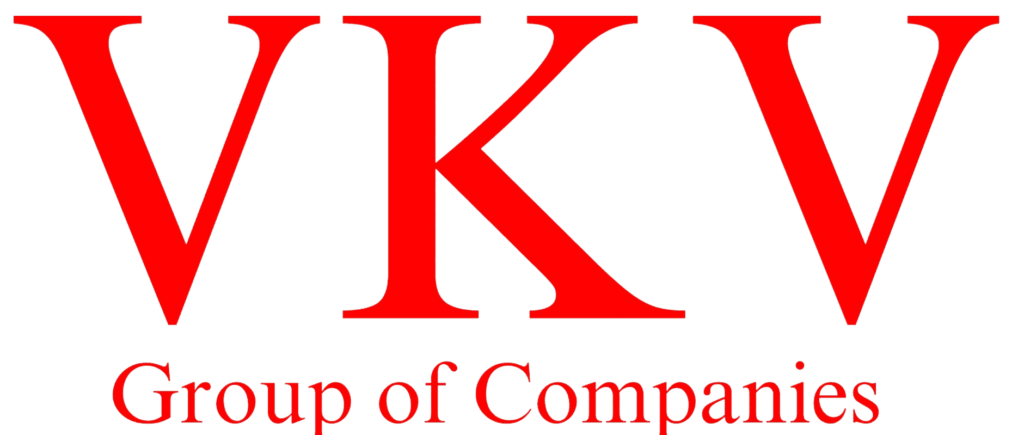Case overview
In the digital age, the demand for smarter, more connected, and energy-efficient living solutions has become paramount. VKV Group of Companies, driven by its commitment to innovation, initiated an internal initiative under its Smart Living innovation wing. The objective of this initiative was to develop a scalable, user-friendly, and secure smart home ecosystem. The primary goal was to revolutionize the way individuals interact with their homes through technology, thereby enhancing comfort, safety, and sustainability.


The Brief
The objective was to design and develop a modular smart living platform that could seamlessly integrate diverse home automation devices, including lighting, climate control, surveillance systems, and voice assistants. The system was required to fulfill the following criteria:
Device-agnostic compatibility with third-party hardware
Seamless user interface across mobile and web platforms
Robust security and data privacy measures
Scalability for integration with future smart city infrastructure




Our Approach
Our user-centric, agile development process emphasizes iterative prototyping and continuous integration. Here’s how we approached the project:
1. Research and Discovery:
– Conducted market analysis of top smart living solutions.
– Interviewed potential users to identify core needs.
– Identified key pain points with existing IoT ecosystems.
2. Architecture and Design:
– Designed a microservices-based architecture for modularity.
– Created an intuitive UI/UX with customizable dashboards.
– Implemented Material Design principles and dark/light themes.
3. Technology Stack and Development:
– Frontend: React Native (Mobile), React.js (Web)
– Backend: Node.js, Python for device communication
– Database: MongoDB for flexibility and scalability
– Cloud: AWS IoT Core for device management and data flow
– Security: End-to-end encryption and OAuth 2.0-based authentication
4. Integration and Testing:
– Integrated smart thermostats, lighting, CCTV, and voice assistants (Google and Alexa).
– Developed APIs for third-party device compatibility.
– Performed rigorous penetration testing and load testing.
5. Deployment and Optimization:
– Deployed via Kubernetes for scalability.
– Implemented real-time performance monitoring and auto-update modules.
– Launched a beta version with selected households for feedback.


The Results
85% Increase in Home Automation Efficiency Reported During Beta Testing
During beta testing, the Smart Living project achieved a remarkable 85% increase in home automation efficiency.
The project also delivered substantial energy savings, averaging 20% through smart scheduling and optimization techniques.
Furthermore, the platform demonstrated high adoption rates, with 70% of beta users transitioning to regular users.
Additionally, the Smart Living platform is platform-ready, enabling seamless integration with future city infrastructure and EV management systems.
This success has propelled the Smart Living project into a key product line, presenting new opportunities for the VKV Group of Companies in both business-to-business and business-to-consumer markets.
